What is Sugar and How are they Made?
Since I work from a sugar manufacturing plant, I think it is appropriate that in my first blog, as a newly member in this community, I’ll be talking about what is sugar and an overview on how it is produced. I’ll only be giving you an overview because the detailed process itself is very long and requires series of operations to produced raw sugar. So let’s start.
What is SUGAR?
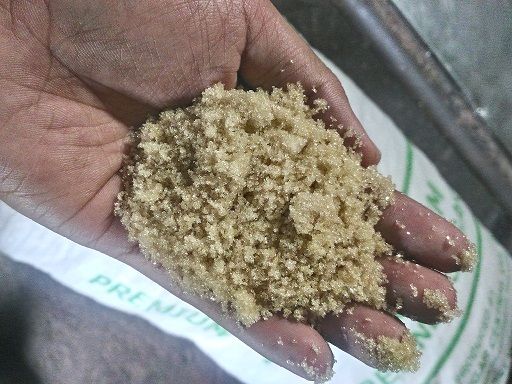
In layman’s term, sugar is a sweet substance that comes from plants or crops and is used to make foods sweeter usually in the form of brown or white crystals. Sugars have several specific names like glucose, fructose or fruit sugar, dextrose, high fructose corn syrup, etc. while in its singular form, sugar commonly refers to sucrose or otherwise known as “table sugar”.
Sugar can be extracted from several plants and crops but there are at least two that can yield high sugar content according to FAO (Food and Agricultural Organization) which are sugarcane and sugar beet but the most commonly used in the our country, the Philippines, is sugarcane.
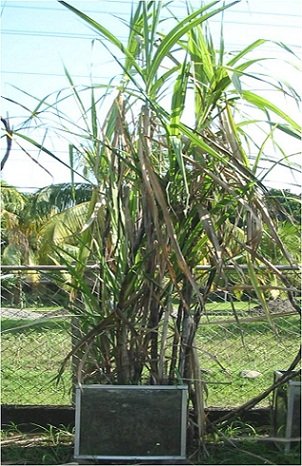

Sugarcane or as we call it in our native language “tubo”, is a thick, tall, perennial grass of the genus Saccharum that flourishes in tropical or subtropical regions like our country, the Philippines. It is stout, jointed fibrous stalks that can grow up to two to six meters depending on its variety and how it is being cultivated. The sweet sap in the stalks of the sugarcane is the source of sugar.
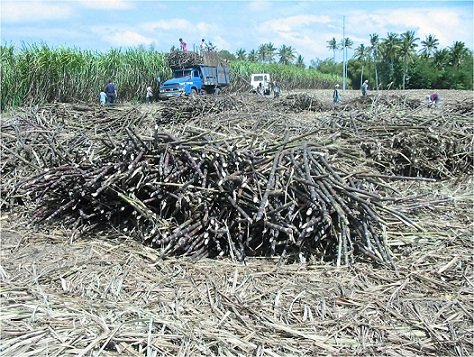
According to the ESS statistics of the FAO (Food and Agricultural Organization), the Philippines is the 9th largest sugar producer in the world and 2nd largest among the Association of Southeast Asian Nations (ASEAN) countries following Thailand.
As of the present, there are about 29 sugar mills operating in the Philippines and only 4 in Mindanao namely Bukidnon Sugar Company, Crystal, Davao Sugar Central Company and Cotabato Sugar Central Company. I currently work at Cotabato Sugar Central.

And now to give you an overview on the process of how sugar is being produced from sugarcane first there’s cane preparation followed by cane receival and then lastly the milling procedure. It takes about seven months for sugarcane to be mature before it will be harvested. After harvesting, it is then place in a cargo truck to be received in our cane yard so that it can be mechanically unloaded in our dumper for extraction in our sugar mill.
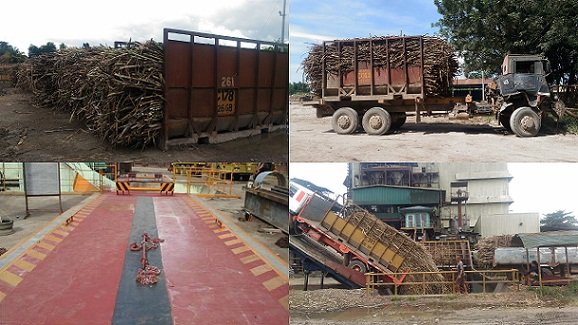
The dumped sugarcane is carried by a slot type conveyor called Side Cane Carrier and carries it to the Auxiliary Cane Carrier with controlled speed for maintaining the feeding on the ACC with the help of leveling knives. The leveling knives rotates slowly in reverse direction to maintain the level of cane in the SCC for uniform feeding in the ACC to avoid heavy flow of large mass.
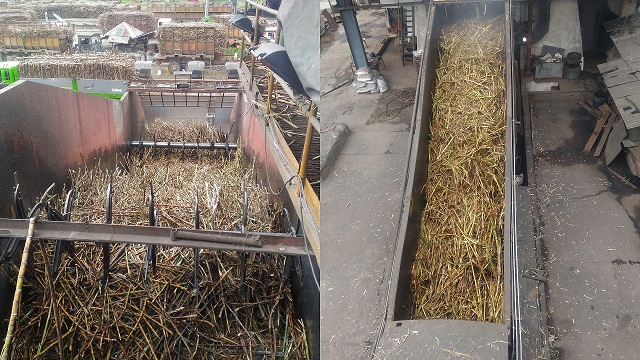
The ACC will carry the sugarcane to the Main Cane Carrier and passes through the first knifing and shredding unit. And then we start the procedure for the extraction of sugar from the sugarcane.
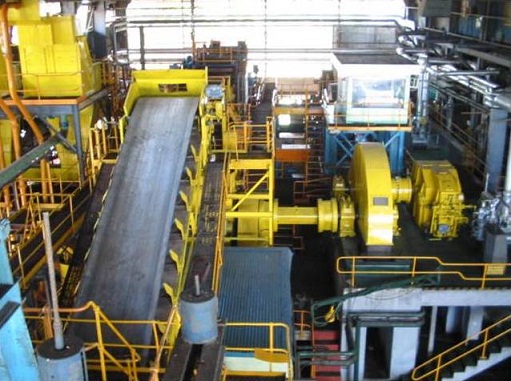
The extracted juice passes in the juice trough beneath the mills and collected in the tanks and undergoes a stationary screen called DSM (Dutch State Mines) that was developed by Dorr-Oliver Inc.
The juice is distributed at the top by means of an overflow box and along the arc. The suspended particles are retained on the screen and collected at the bottom. After screening, the juice will be pump upward going to the Process House where it will undergo series of operations and eventually producing raw sugar. There are five major processes involved in the Process House operations.
In the Crystallization stage, those that will crystallize undergoes Centrifugation resulting to the production of the final raw sugar, and those that will not crystallize are called the final molasses and will be stored in the molasses tanks.
The final raw sugar will be placed in a sugar bin for the direct bagging and packaging before it will be transported in the sugar warehouse.
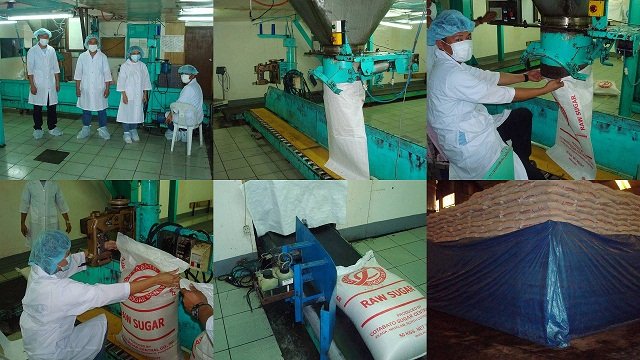
That’s it for today, I hope you have learn something from this post. Have a good day everyone!
References:
http://www.madehow.com/Volume-1/Sugar.html
http://www.food-info.net/uk/products/sugar/sources.htm
Hugot, E. Handbook of Cane Sugar Engineering. 3rd ed. Elsevier Science Publishing Co., Inc., 1986.
ESS Statistics". FAO. Food and Agricultural Organization of the United Nations, Retrieved on 2013-05-31
Sugar Industry Historical Statistics". Sugar Regulatory Administration. Retrieved 2013-05-31.
Congratulations @iamkuyaj! You have completed some achievement on Steemit and have been rewarded with new badge(s) :
Click on any badge to view your own Board of Honor on SteemitBoard.
For more information about SteemitBoard, click here
If you no longer want to receive notifications, reply to this comment with the word
STOPthanks :)
This is a nice article. Keep it up 😊
thanks Ms. @janicehung :)
i'll keep on working hard so that i'll improve
@originalworks
The @OriginalWorks bot has upvoted and checked this post!
Some similarity seems to be present here:
http://www.madehow.com/Volume-1/Sugar.html
It appears the author has cited this source in their work. Great Job!
thanks @originalworls :)